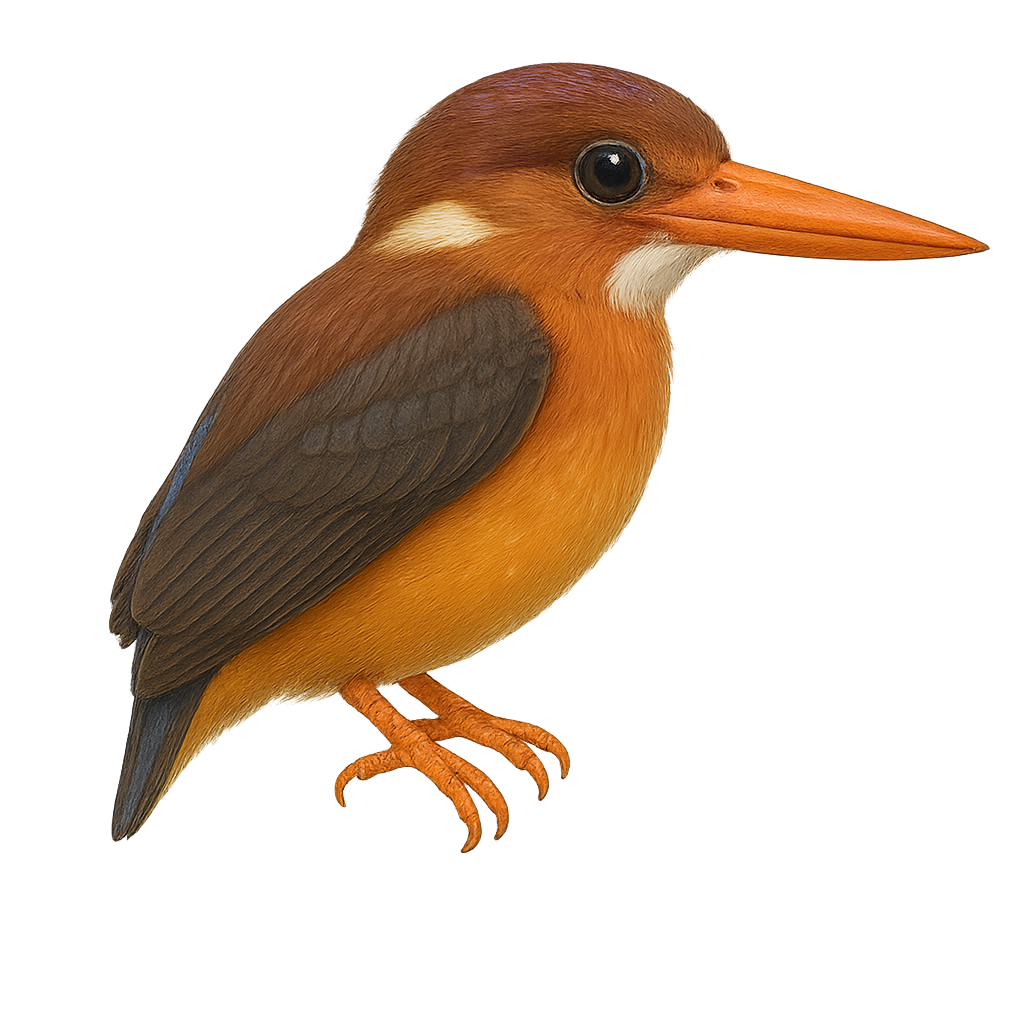Your wildlife photography guide.
Explore the sulawesi dwarf kingfisher in detail, study its behavior, prepare your shots.
Where to observe and photograph the sulawesi dwarf kingfisher in the wild
Learn where and when to spot the sulawesi dwarf kingfisher in the wild, how to identify the species based on distinctive features, and what natural environments it inhabits. The WildlifePhotographer app offers tailored photography tips that reflect the sulawesi dwarf kingfisher’s behavior, helping you capture better wildlife images. Explore the full species profile for key information including description, habitat, active periods, and approach techniques.
Sulawesi Dwarf Kingfisher
Scientific name: Ceyx fallax

IUCN Status: Near Threatened
Family: ALCEDINIDAE
Group: Birds
Sensitivity to human approach: Suspicious
Minimum approach distance: 10 m
Courtship display: March to April
Incubation: 20-22 jours
Hatchings: March to May
Habitat:
Tropical rainforests, mangroves
Activity period :
Primarily active during the day, with peak activity in the morning and late afternoon.
Identification and description:
The Sulawesi Dwarf Kingfisher, Ceyx fallax, is a bird endemic to the island of Sulawesi in Indonesia. This small bird, measuring about 14 cm, is renowned for its vibrant plumage, featuring shades of blue, orange, and white. It primarily inhabits tropical rainforests and mangroves, where it feeds on small fish and insects. Its long, pointed beak is perfectly adapted for catching aquatic prey. Though discreet, its melodious song often resonates in its natural habitat. Unfortunately, deforestation threatens its environment, leading to a decline in its population.
Recommended lens:
400mm – adjust based on distance, desired framing (portrait or habitat), and approach conditions.
Photography tips:
To photograph the Sulawesi Dwarf Kingfisher, it is advisable to use a telephoto lens of 400 mm or more to capture detailed images without disturbing the bird. Look for areas near water where it is likely to hunt. Be patient and discreet, as this bird is suspicious and may fly away at the slightest alert. Use a tripod to stabilize your camera and wait for the right moment to capture its vibrant plumage under soft natural light.
The WildlifePhotographer App is coming soon!
Be the first to explore the best nature spots, track rutting seasons, log your observations, and observe more wildlife.
Already 1 439 wildlife lovers subscribed worldwide

